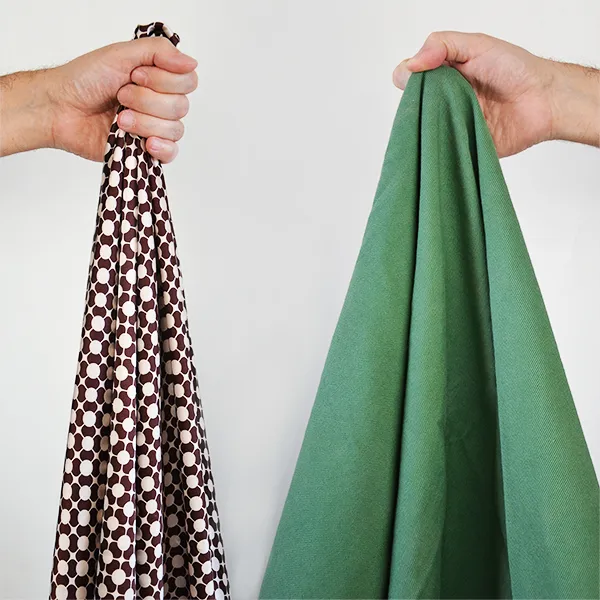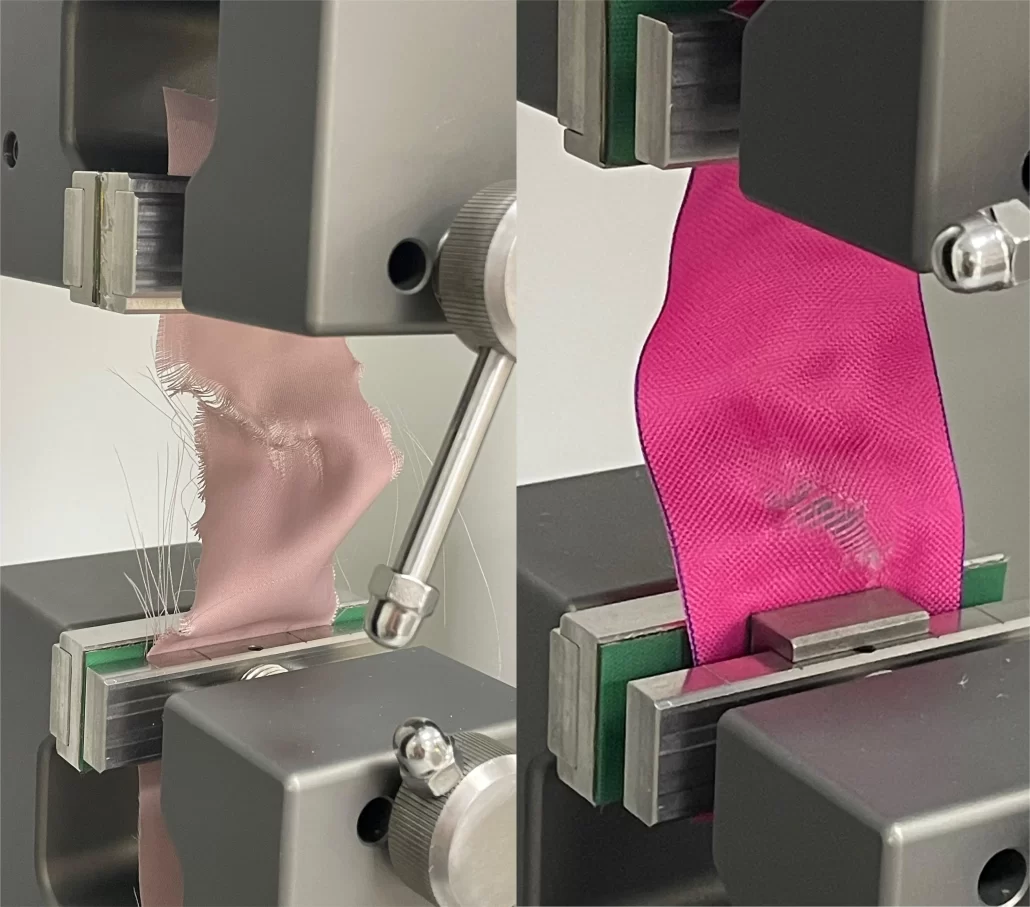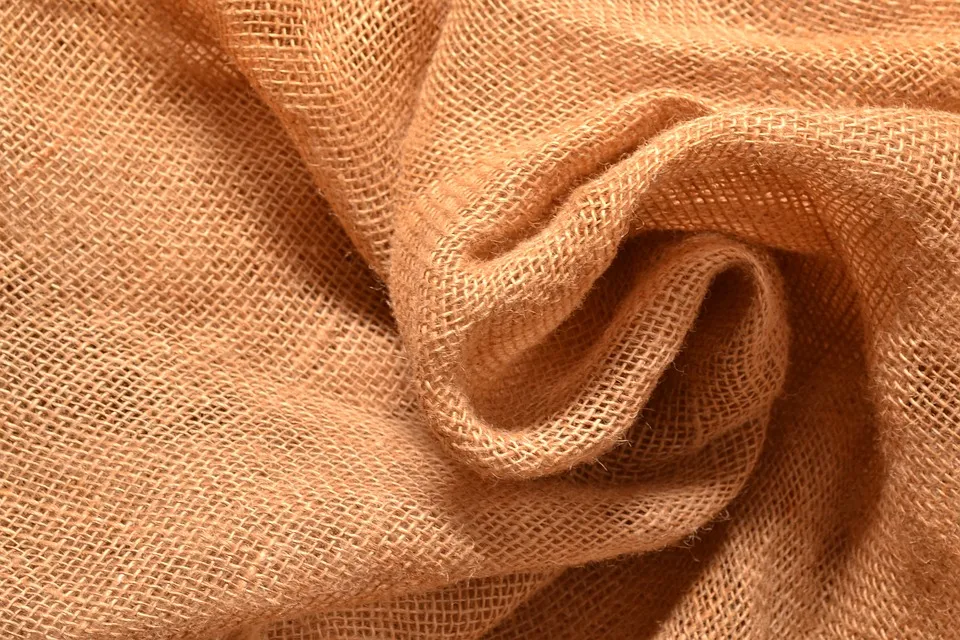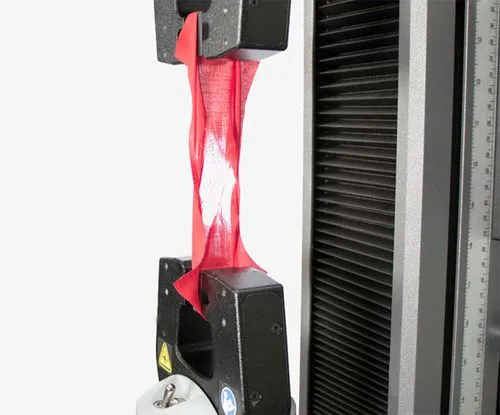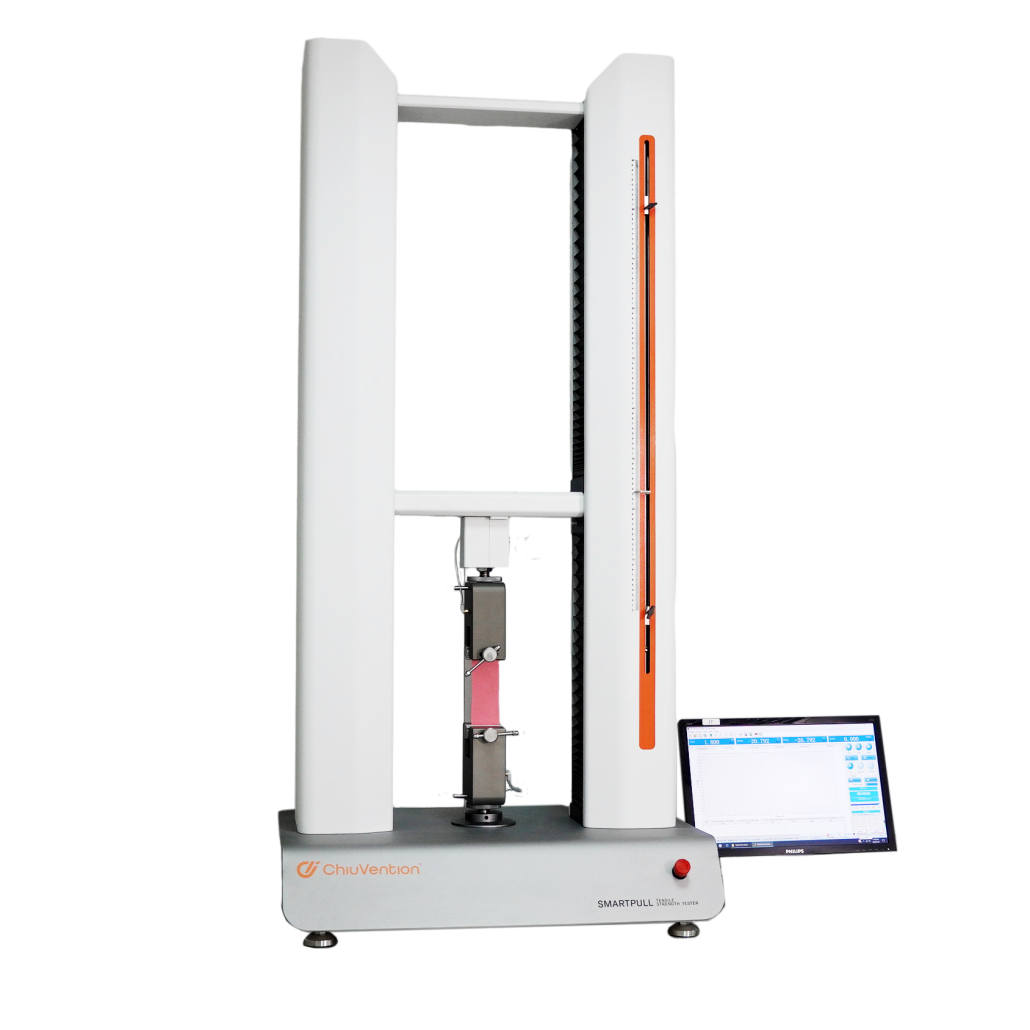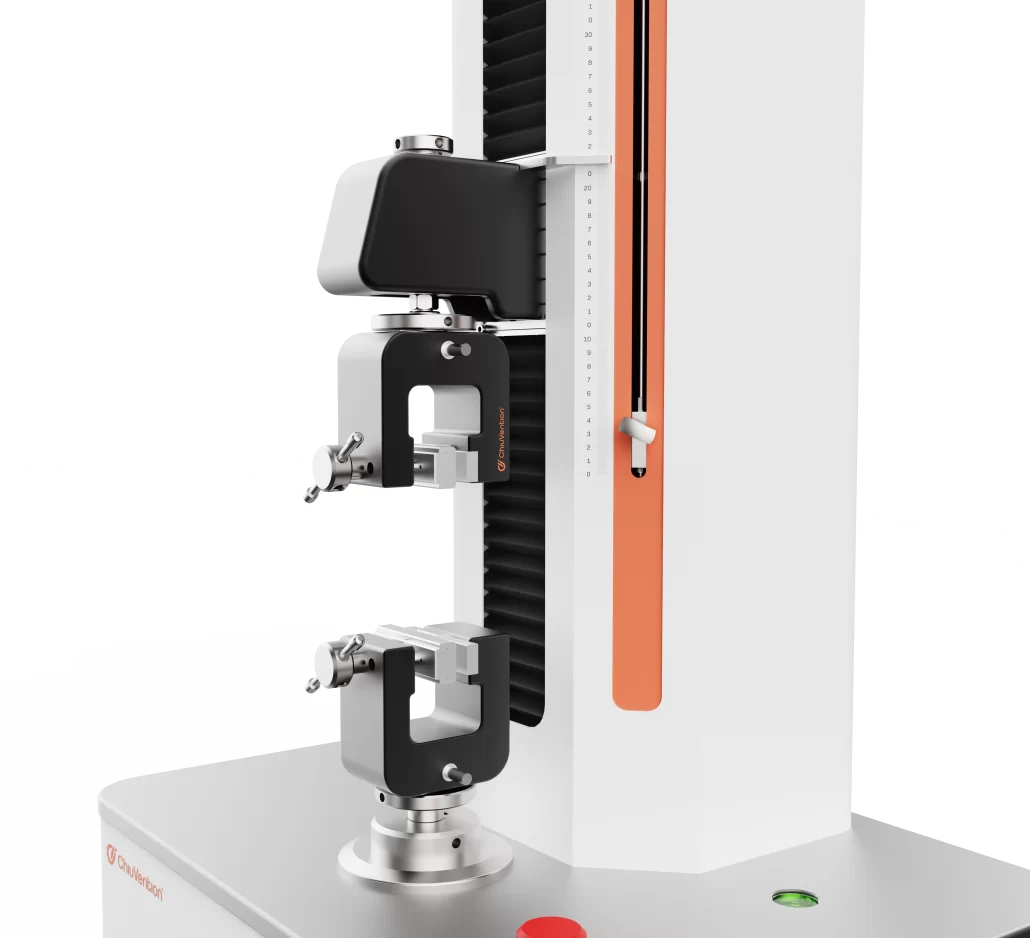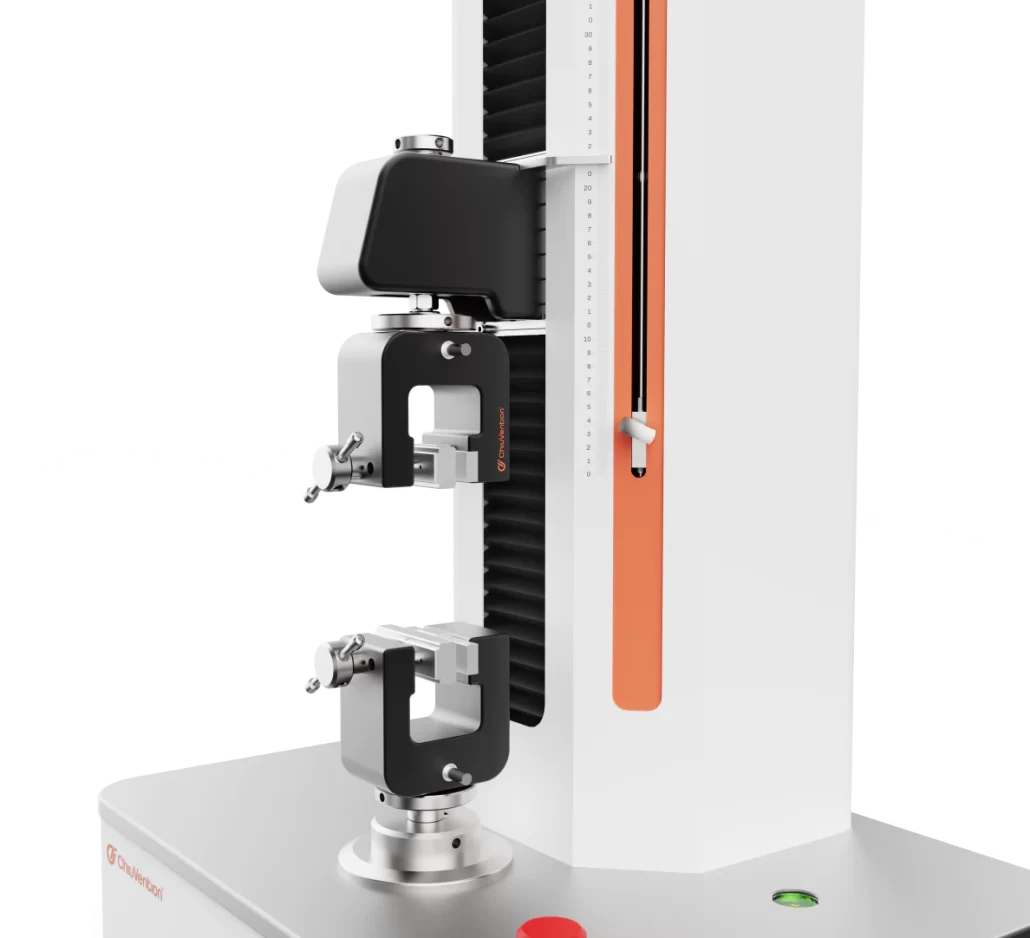The performance and testing of materials are fundamental pillars in the development of the textile industry. From fiber selection to the final formation of fabrics, every step requires precise control over material properties and rigorous testing validation. With the rapid advancement of textile technology, new materials and processes continually emerge, leading to updates in performance…
Category Archives: Fabric Tensile Test
Introduction to Tensile Elasticity and Strength Testing The tensile elasticity of woven fabrics is a crucial property that impacts the performance, durability, and overall quality of textiles. The FZ/T 01034 test method specifies how to determine this property using a Constant Rate of Elongation (CRE) tester. Unlike knitted fabrics, which use a different approach, woven fabrics are…
Introduction Evaluating fabric quality is essential for manufacturers, suppliers, and quality control professionals to ensure consistent textile performance. Whether working with cotton, wool, silk, or synthetic blends, precise laboratory testing plays a crucial role in determining strength, durability, and appearance standards. This guide explores six essential testing methods, including color fastness, strength testing, and…
ISO 13934-1 and ISO 13934-2 differ in their test method and scope. They are both textile tensile tests. Test method ISO 13934-1: The strip method tests the fabric’s width in a tensile fixture. It is for testing loose or wet fabrics. The fixture holds the sample in a low-stress area. This causes the sample to…
Textiles suffer many types of damage in daily use. Tensile, compression, bending, and friction cause the most important effects. These forces lead to fracture, tearing, and breaking. So, the textile’s tensile, tearing, and breaking properties directly affect the product’s durability. They also determine the textile’s quality. Tensile strength testing assesses the basic properties of textiles….
Ever wondered what a Dual Column Type Tensile Tester is all about? You’ve come to the right place! In this ultimate guide, you’ll learn: How do dual-column-type tensile testers work? Which industries use them? What makes them unique? That’s not it. You will also find out how choosing the right tester can make or break your…
Meet the powerhouse in material testing—the Universal Testing Machine (UTM), or as we call it, the tensile testing machine! This incredible gadget pulls and squeezes raw materials or parts to check how strong they are in both tension and compression. Whether you’re into quality checks or diving into research projects, the UTM has your back,…
Scope of application This method provides for testing the breaking strength and elongation of textiles by the grab method or modified grab method. Tests may also be carried out with the sample in the wet state. The grab method can be used to test woven, woollen or shrink-woven fabrics, whereas the modified grab method is…
